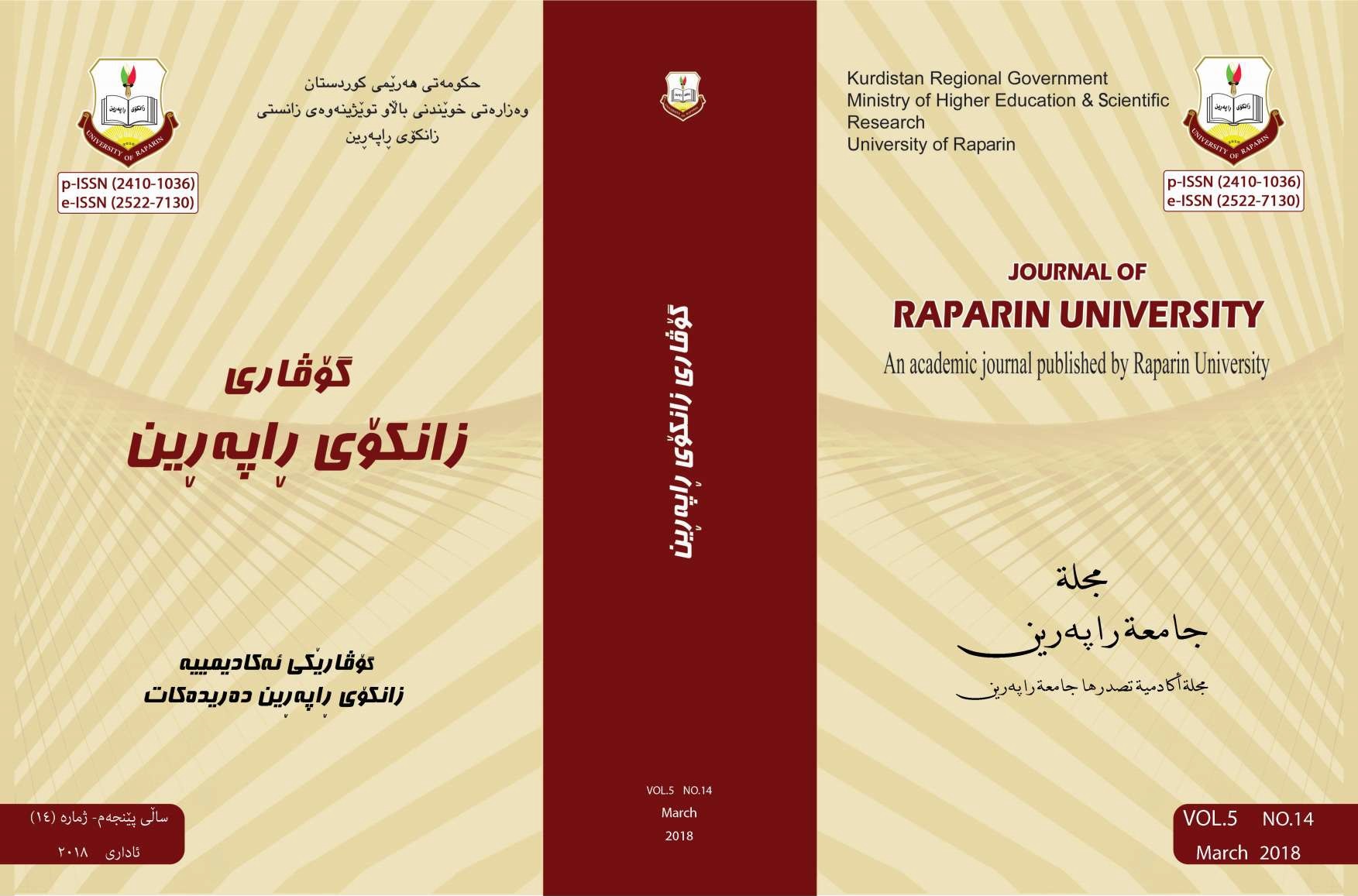Hedging in Doctor-Patient Communication: A Pragmatic Study
Main Article Content
Abstract
The doctor-patient relationship is considered one of the most intriguing types of relations. The patient enters into this relationship usually in a disappointed state due to his/her illness which is often regarded as a form of social deviance since it impairs normal role performance. Accordingly, patients look for clues to assess the situation. One of such clues is soaking their speech with particular types of hedges. Doctors also use hedges of particular types. To use hedges properly can strengthen expressive force and communicative results, which can improve interpersonal relationship and thus make communication go more smoothly. The current paper analyses the type and frequencies of hedges employed in 15 conversations between doctors and patients. The overarching goal of this investigation is to present a general situation of hedges used in doctor- patient communication and explore their pragmatic functions. The results obtained lead to the conclusions that the two interlocutors use different types of hedges to mitigate the statements. However, it is found that doctors employ more hedging devices. By maintaining more hedges mainly of the adaptor type, doctors can provide positive feedback to the patient and facilitate his or her participation.

